There is hardly anyone who doesn’t know about Karate. Karate is one of the most popular martial arts brunches.
You might be a beginner or a veteran karateka, But how well do you know the history of karate?
I am neither a historian nor an expert on this subject, But like many, I am curious about the history of karate.
In this article, I will try to give you a brief overview of the origin of karate, how it has been developed, and some major events that shaped the history of karate.
Meaning of the Word Karate
The word “Karate” (空手) consists of two separate Japanese words: “Kara” (空) can be interpreted as “Empty” in English, and “Te” (手), can be “Hand”.
Together, they form an “empty hand” (空手), which means a set of techniques to defend oneself from an attacker using only hands, legs, and body.
Beyond the literal meaning, Karate also symbolizes discipline, mutual respect, and a way of life.
History of Karate: Origin and Timeline
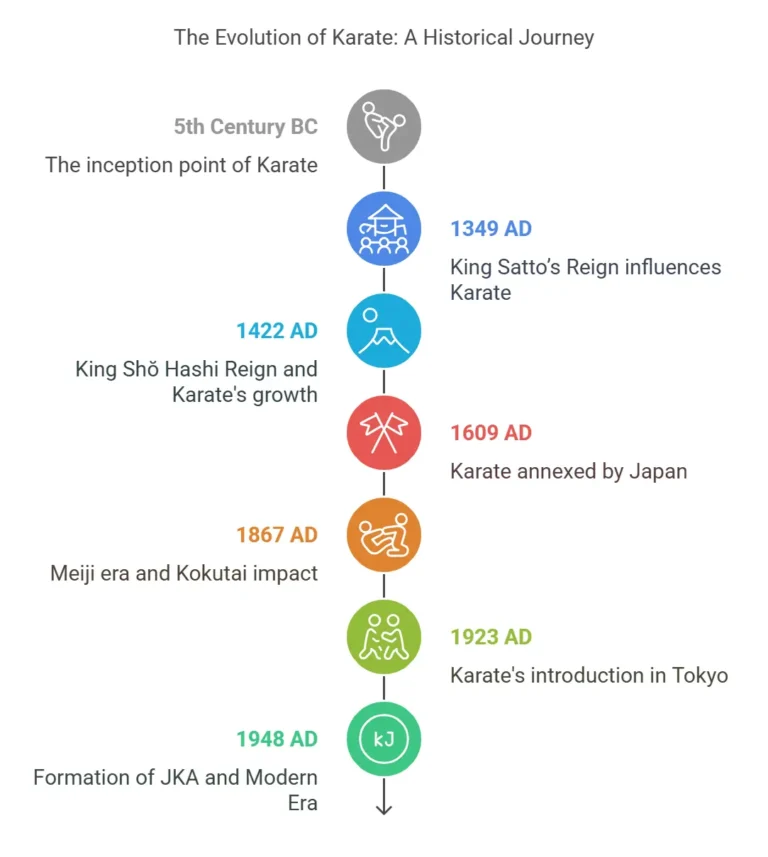
When I tried to understand the history of Karate and its origin, I found quite a few surprising elements!
At first, it was a lifestyle, a way of living and defending oneself from harm.
But with time, Politics, Economics, and the Social system intertwined and made the pathway of karate a river-like pattern that is full of twists and turns.
For your better understanding, I have divided the article into seven sections maintaining the timeline.
Don’t worry, You do not have to read too much text, I have tried to make it as short as possible.
- 5th Century BC: The inception point
- 1349 AD: King Satto’s Reign
- 1422AD: King Shŏ Hashi Reign
- 1609 AD: Annexed by Japan
- 1867 AD:Meiji era and Kokutai
- 1923 AD: Karate in Tokyo
- 1948 AD: Formation of JKA and Modern Era
5th Century BC: The inception point of Karate and its Buddhist Root
Many historians and karate experts believe that karate started in Japan in the mid-fourteenth century. This is partially true!
The origin of karate in South Asia can be dated back to the 5th century.
According to some old scriptures, “Bodhidharma” or “Darma” was the first person who introduced Budo, or the Art of War to China.
Bodhidharma was an Indian monk who traveled to China to spread the words of Buddhism.
When Bodhidharma first arrived in China and started giving training to his followers, He found that his followers were having difficulty concentrating on meditation.
Bodhidharma thought only training the mind will not be fulfilled without training the body as both of these are linked.
For that reason, he integrated Physical yoga-like training within their practice of Buddhism.
At first, the physical training was limited to only physical movement based on yoga. But soon this became popular and with time these exercises merged with Chinese boxing and became kenpo.
What Bodhidarma did for karate is still debated among historians and karate experts.
However, his name came up several times in many ancient documents and it was associated with the early stages of martial arts in China.
1349 AD: Okinawa and King Satto’s Reign
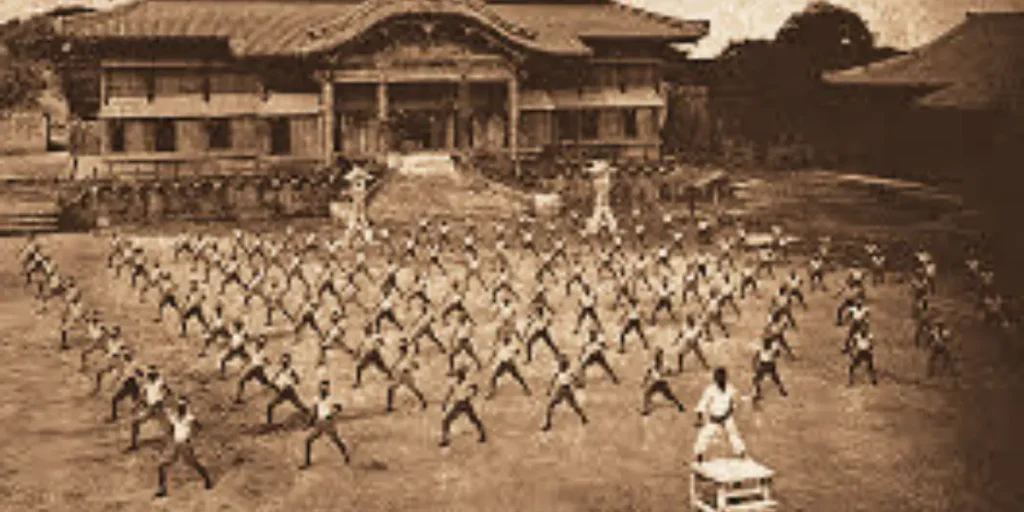
The word “Karate” and Okinawan-an island situated in the southern part of Japan- are intertwined.
Okinawa, also known as Ryu-Kyu Island, Before 1609, was an independent island. It had its own flourishing culture and a strong economy.
Satto was the king of Okinawa. Because of the lack of natural resources, Under the reign of King Satto, Okinawa started exploring business opportunities with its neighbor: China.
With the growing business, the cultural exchange of these two regions become prominent.
According to historians, this was the time when Chinese martial arts was introduced in Okinawa.
Quickly, The Okinawans became fascinated with the alien technique of fighting practiced by the Chinese monk.
A school of thought, however, believes that some sort of martial arts were already present in Okinawa and it had been merged with the popular Chinese martial arts techniques.
1422AD: King Shŏ Hashi Reign and Use of Empty Hand
Okinawa Island consisted of three main regions: Sumi, Naha, and Tomari. After many years of internal clash, King Shŏ Hashi united these three region and established his reign.
King Shŏ Hashi, after he acceded to power, made an interesting decision.
Because of the previous clash among the various clans within Okinawa, And the fighters were mostly samurais with swords and other weapons, He banned the use of all kinds of weapons.
This decision bolsters the practice of karate in this region.
Okinawans, as they were banned from using any sort of weapon, leaned towards the art of war or Chinese martial arts.
Even though Okinawa is not a very big island, yet, interestingly, There were reportedly three different types of karate styles practiced:
- Sumi-te
- Naha-te
- Tomari-te
Together, They were called “Okinawa-te” or “Tode”
Although the basics were the same, these styles were different from each other.
Some used fast movement others like to use a steady, mountain-like stance. These differences in style cultivated four major styles in karate.
1609 AD: Okinawa Annexed by Japan
Tokugawa Shogunate Miraomoto Yourimoto took charge of Japan in 1600 and under his reign, Okinawa was annexed to Japan in 1609.
This was a major turn of events in the history of karate.
1867 AD Meiji era, Kokutai and its Impact on the History of Karate
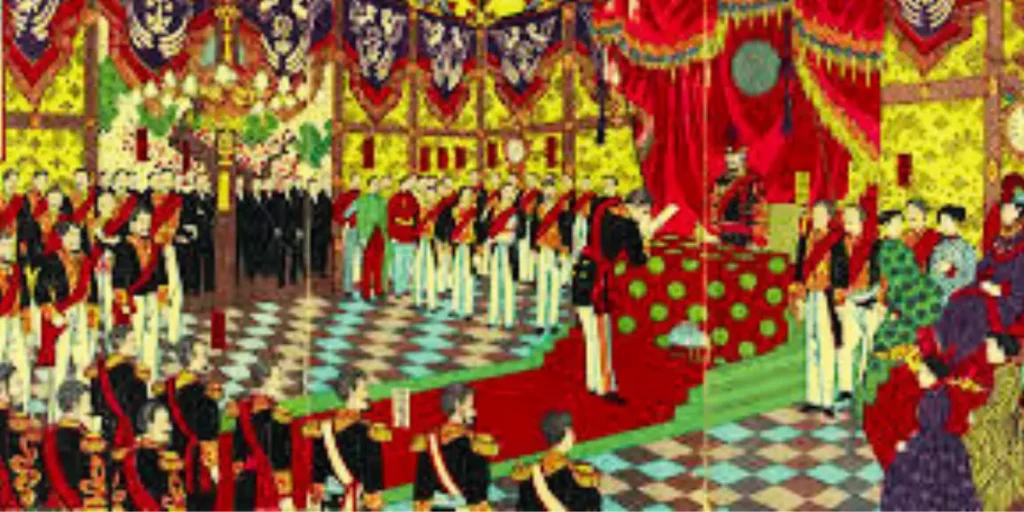
The Japanese word Meiji means “Enlightened Rule”.
After the emperor took charge of Japan in 1867 japan started to transform into a global city.
For the first time in history, Japan had opened its door to the world. Merchants from different parts of the world started to sail towards Japan.
With this openness, Japan was also worried about the cultural invasion of Western countries.
Merchants from different parts of the world not only brought goods to trade but also introduced their culture, language, and food to Japanese people.
To thwart this threat, the Meiji government started a campaign called “Kokutai” which can be translated into “National Essence”. You might be thinking why this is important for karate?
Let me explain. According to the Meiji government, “Okinawa-te” had been considered a Chinese culture, and thus under the kokutai ideology, it was suddenly banned to practice karate in Japan.
This banishment on karate had a major impact on its way of practicing:
- Because of its illegality, Karate Masters or Sensi in Okinawa started practicing at night.
- To maintain secrecy, Karate Masters used to hand-picked their karate students.
- Practicing karate was expensive. And because it was practiced at night, common peasants were unable to participate in such training. That’s why only the rich families were able to obtain the secrets of the art.
- A student must work at the dojo. Sensei used to teach only the basics to the students. If a student grows impatient or refuses to complete the daily chores of the dojo, Sensi would cancel his studentship.
Even with the banishment, the Masters of Okinawa kept practicing the art. At this time Masters like Gichin Funakushi started to open their knowledge to the regular people.
1923 AD Karate in Tokyo
In the twentieth century, Japan started to acknowledge Karate as part of their own culture.
With the invitation of Emperor Hirohito, Gichin Funakoshi, for the first time, came to Tokyo and demonstrated his skill.
This event was a pivotal point in the history of karate. This demonstration of Gichin Funakoshi made him popular in Tokyo and later he opened his Dojo there.
Inclusion of Karate in the Japanese Army
In 1926 the Japanese army went to Okinawa to recruit some new soldiers.
When the army started the recruitment process, They saw that some Oninawans were far more superior than others in terms of physical condition.
The Japanese army identified that because of the practice of karate intensively, these people have acquired great physical strength.
This discovery worked like magic. The Japanese government understood the importance of this particular fighting art and lifted the ban on Karate.
Till its inception, The word karate had two meanings. But the Japanese government cleared the ambiguity and decided its meaning: “Empty Hand” or “The way of Emptiness”.
1948 AD to Present Day: Formation of JKA and Modern Era of Karate:
After World War II, American soldiers were stationed in Japan and they were surprised to see the ancient martial arts techniques used by Japanese soldiers.
The Kata’s, Kumite, and Kihon made the Americans mesmerized and they carried it to the USA.
To maintain the integrity of Karate, Japan, in 1948 established the Japan Karate Association (JKA). and later all karate practicing countries decided to form the World Karate Association(WKF).
Karate become worldwide popular in the entertainment industry. Movies like Karate Kid played a vital role in this.
Final Thoughts
In conclusion, The history of karate started in India and finished in Japan. Martial art, like all art forms, has transformed with time. As a cultural entity, Karate in Japan was greatly influenced by the socio-economic condition of Japan. Today Billions of students are practicing karate.
Karate transcended from its physical application, has become more of a lifestyle. It is helping kids and adults with their anxiety and other mental
You Might Also Like



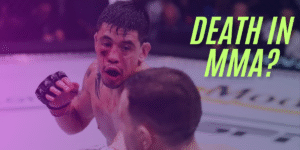
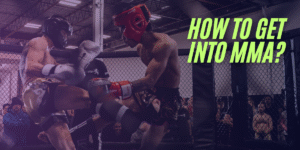
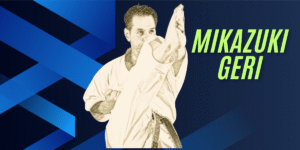
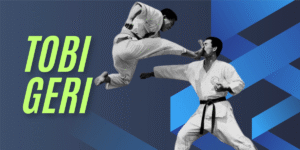
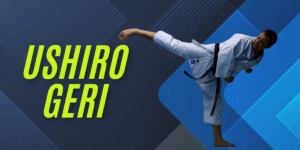
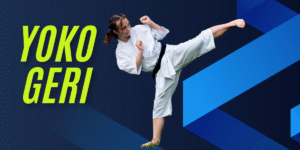
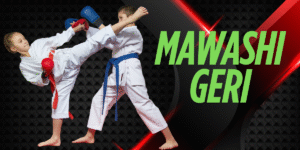
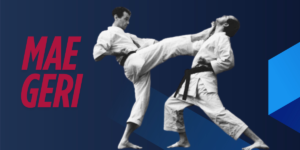
Pingback: Karate’s Effectiveness in Street Fights: Myth vs. Reality - Fighters Wisdom-Martial Art Insights
Pingback: How to Improve Kata Performance Quickly: 10 Effective Tips
Pingback: What Does OSS Mean in Karate? Origins & How to Use It
Pingback: Karate for Weight Loss? The answer might surprise you!